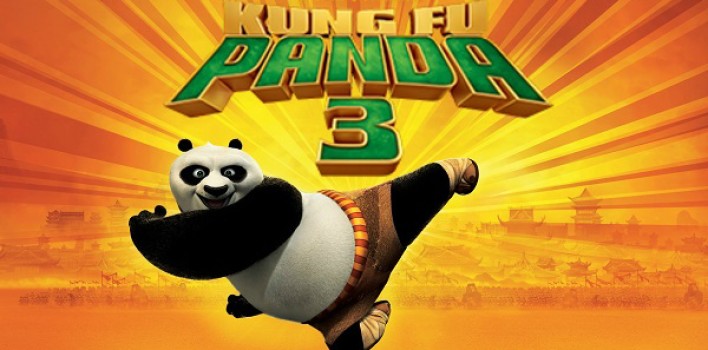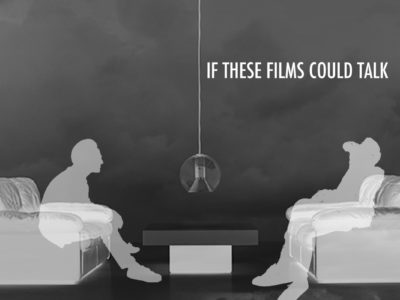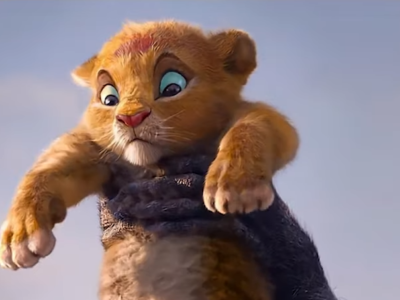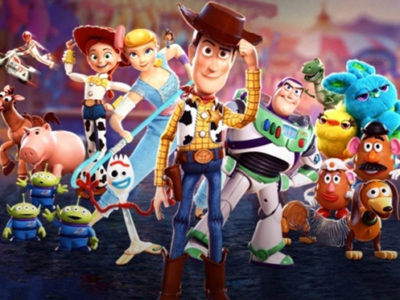Review| Kung Fu Panda 3
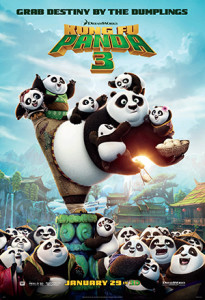 DreamWorks Animation has often been treated as the third wheel among major animation studios. With Pixar’s instant classics and Disney Animation rolling out fresh princess fairy tales, they’re often lost in the shuffle of annual animation hype. Sometimes they’ll break through with a gem. Shrek was one. How to Train Your Dragon was another. Kung Fu Panda made an impact in 2008 and followed with a better than expected sequel in 2011. It has now completed the trilogy with an equally strong and beautiful film to help start the 2016 movie year.
DreamWorks Animation has often been treated as the third wheel among major animation studios. With Pixar’s instant classics and Disney Animation rolling out fresh princess fairy tales, they’re often lost in the shuffle of annual animation hype. Sometimes they’ll break through with a gem. Shrek was one. How to Train Your Dragon was another. Kung Fu Panda made an impact in 2008 and followed with a better than expected sequel in 2011. It has now completed the trilogy with an equally strong and beautiful film to help start the 2016 movie year.
Kung Fu Panda 3 begins just where you would have expected. Po is reunited with his biological father in a pretty funny scene in the noodle shop. We enjoy a few callbacks to each of the previous two films, including a particularly reckless father-son trip to the hall of legends. This third installment is very strong comedically. It ramped up the one-liners and physical comedy noticeably from the second and even from the first. This is both one of the best things about it, and one if its downfalls. While the sequel struck a lot of emotional cords and was very spiritually reflective, this one has moments of spiritual discovery and emotion, but in the middle of them it will often turn a 180 and cram in some comedy relief even when no relief was needed. That’s my main complaint is that it’s too dependent on the laughs and it sacrifices some of the emotional depth it’s capable of reaching.
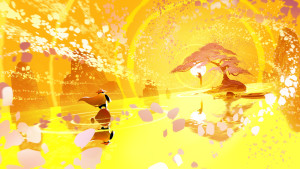 Be that as it may, we still got a lot of fun Kung fu team up action as Po and the furious five continue their fight for justice! Standing in the way of our voluptuous hero this time around is Kai (JK Simmons), former partner of Master Oogway who turned on him in an effort to steal chi (explained later) and become more powerful. One of our opening scenes take place in the spirit realm where we meet Kai as he continues his plan to absorb all the chi possible. This means a battle with the spirit of Oogway. The animation in all three of the Kung Fu Panda films have been distinct and beautiful, but it is the depictions of the spirit realm in particular that really put this one over the top. The lines and colors are mesmerizing and the free-flowing nature of all surrounding items mixed with seemingly thousands of shades of only a few colors is really a spectacle.
Be that as it may, we still got a lot of fun Kung fu team up action as Po and the furious five continue their fight for justice! Standing in the way of our voluptuous hero this time around is Kai (JK Simmons), former partner of Master Oogway who turned on him in an effort to steal chi (explained later) and become more powerful. One of our opening scenes take place in the spirit realm where we meet Kai as he continues his plan to absorb all the chi possible. This means a battle with the spirit of Oogway. The animation in all three of the Kung Fu Panda films have been distinct and beautiful, but it is the depictions of the spirit realm in particular that really put this one over the top. The lines and colors are mesmerizing and the free-flowing nature of all surrounding items mixed with seemingly thousands of shades of only a few colors is really a spectacle.
Looking back at this as part of the overall story being told through Po, it becomes clear that we’re watching different stages of a spiritual journey unravel; acceptance (destiny), introspection (inner peace), and discovery. In the first, Po must accept that he is the dragon warrior despite his obvious shortcomings. In the second, he must find inner peace and come to grips with his past. Now, he must excel further into his training and discover more about himself so he may share with (teach) others. As a function of the Chinese culture and martial arts background in which this story exists, this means Po must master his chi. In the Mandarin dialect this literally means air or breath. In Chinese philosophy, chi is a circulating life force which exists all around, but is stronger in some individuals. It’s a common thing to reference in many martial arts films and is somewhat parallel to what is presented as the “force” in the Star Wars films.
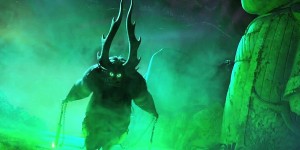 Po is taking on this self discovery on a couple of different fronts. He’s being asked to take on more responsibility as the dragon warrior. And as one might imagine there are plenty of moments of Po learning about his father and what it really means to be a panda. In one moment of strong self-doubt, Master Shifu explains to him, “If you only do what you can do you’ll never be more than you are now.” This line stuck with me especially as the movie moved into the panda village and Po interacting with others like him. This is primarily where the spiritual and self discovery come in. We get some interesting peaks into what makes Po, Po. For that matter, what makes anyone who they are. Po isn’t just learning more about himself as the dragon warrior and as a panda. He’s learning more about pandas all together. As he’s learning he sees that some are naturally inclined towards certain skills. But when it comes time to defend against Kai, Po tries changing them all into some standard type of warrior. It isn’t until he accepts their talents and redirects them that he finally understands what it means to teach. To take something which on the surface appears ordinary, and mold it to be used for good. It’s almost an exact replica of the way Shifu finally learned to train Po in the first film.
Po is taking on this self discovery on a couple of different fronts. He’s being asked to take on more responsibility as the dragon warrior. And as one might imagine there are plenty of moments of Po learning about his father and what it really means to be a panda. In one moment of strong self-doubt, Master Shifu explains to him, “If you only do what you can do you’ll never be more than you are now.” This line stuck with me especially as the movie moved into the panda village and Po interacting with others like him. This is primarily where the spiritual and self discovery come in. We get some interesting peaks into what makes Po, Po. For that matter, what makes anyone who they are. Po isn’t just learning more about himself as the dragon warrior and as a panda. He’s learning more about pandas all together. As he’s learning he sees that some are naturally inclined towards certain skills. But when it comes time to defend against Kai, Po tries changing them all into some standard type of warrior. It isn’t until he accepts their talents and redirects them that he finally understands what it means to teach. To take something which on the surface appears ordinary, and mold it to be used for good. It’s almost an exact replica of the way Shifu finally learned to train Po in the first film.
Reflecting on this, it occurred to me that this is exactly what we are told to expect in ourselves and in other members in the church. It isn’t one person propping up the rest of the body with their multitude of talents. It must be the whole body working together, each using their talents for the Lord and forming a body operating in unity. This is what Paul is teaching in 1 Corinthians 12. He says that all members of the body of Christ have different abilities, different roles. Yet despite all the distinctions, we are one body. “For even as the body is one and yet has many members, and all the members of the body, though they are many, are one body, so also is Christ.” -1 Corinthians 12:12 (NASB). He goes on to explain the purpose of an arm and a leg and so on as they support the body as a whole. So just as Po learned to teach and become a master by allowing all the members of the village to do what they do best, we too can grow the body of Christ when we each as individual members use our talents for Christ go function together in unity.
This movie was a LOT of fun. If you at all enjoyed either of the first two I would highly suggest checking this out in the theater for its beauty and its humor. But fair warning, if you take your kids, just accept the fact that you will at some point in the following few days be interrupted by the line, “chatty chitty chat chat”. I know I have.


